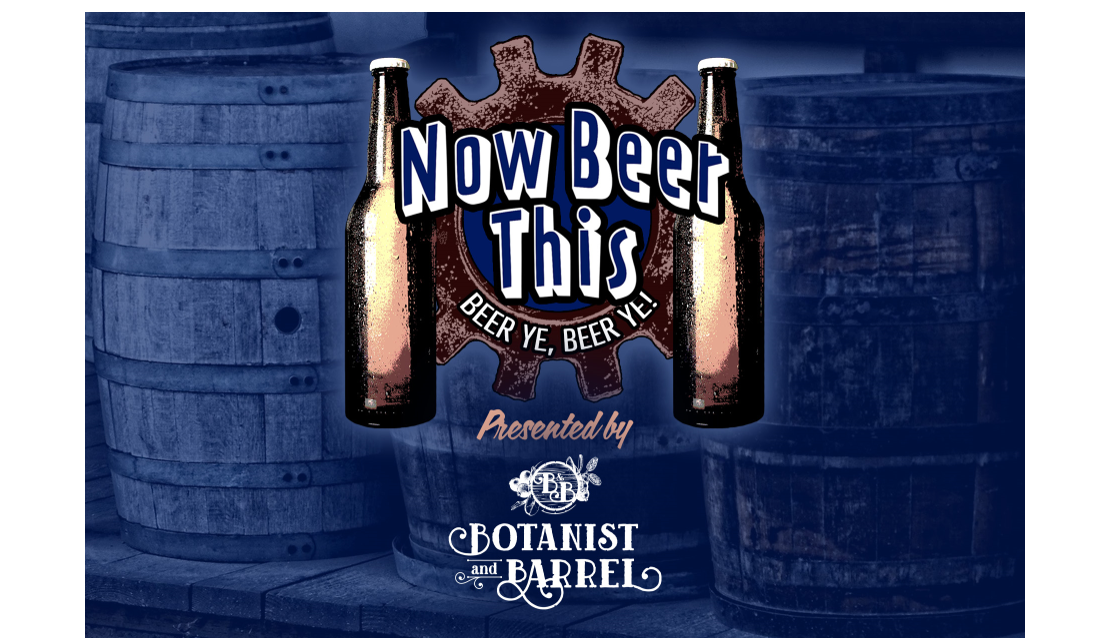BEWARE: We are going DEEP into the weeds of beer lore here, so this article is not for the casual reader. You’ve been warned.
Once upon a time in the English countryside, roughly in the 17th century, there was a beer that surpassed all others in beauty, purity, strength, and majesty. It is generally referred to now as October Beer, but went by various names at the time, Dragon’s Milk being the most colorful (which was later pilfered by New Holland to name a beer they make that is actually NOT of this style). Regardless of the name it was rich and powerful and often reserved for rich and powerful (relatively speaking) people. When this beer was brewed, it was common practice to engage in what’s referred to as parti gyle brewing. Today, we get the grain for the beer, steep it in warm water, then draw that water off and make a beer from it. Parti gyle brewing is far more efficient; you do the same thing, but you do it several times. The first bit of water (the first runnings) is drained off and used for a premium beer. The second runnings (a second dose of warm water for the grains) are used to make mid-level beer. Then the third runnings are used to make a low ABV table beer.
As you can imagine, the first runnings came off with most of the good stuff from the grains, and most importantly, it came off with most of the sugar, meaning you’re going to get a stronger beer. Now let’s consider the timing of the brew. By October your last harvest has occurred, so you have access to the freshest barley and hops possible. If you brew with these ingredients, you’re going to come out with probably your best beer, and especially so with the first runnings. So the first runnings batch, made in October, was then generally referred to as October Beer (you get why, I’m sure). This was a special brew, and to allow it time to mature it was set aside to be consumed a year later, as brewers found that it only improved with age.
This beer was crafted with massive amounts of heirloom British malt (think Maris Otter) and because of its strength would have to have been balanced by equally massive amounts of hops to make sure it wasn’t too sweet. Interestingly, this combo of high ABV and high hop rates led to a very survivable beer, which led to the idea that beers that needed to be shipped long distances should maybe be big and hoppy so they wouldn’t spoil by the time they reached their destination. That’s right: The October Beer is the granddaddy of the IPA! So no wonder I love it.
I’ve been ranting about this style for a couple of years now. And everyone I talk to asks me for a commercial example. Frankly, I’m at a loss to give you one! I’ve homebrewed it to great effect, but I have simply not been able to find a commercial example that fits within the written descriptions of these beers. Barleywines are close, but they are often too crystal malty to really fill the bill; October Beers were almost 100% base malt with no specialty grains. You might have some wheat thrown in for effect, but no crystal malt for unfermentable dextriny sweetness, and certainly no higher lovibond (darker) malt for roasty/toastiness. There are some Old Ales that come close, but so many of them are irrationally shoved into bourbon barrels that they miss the mark. Of course, traditionally October Beers might be aged in a barrel, so if you can get one from an oak barrel that’s NOT a bourbon barrel (a completely different effect) then more power to ya.
So, my minions. Go out and search and find this beer. Not just for me, but for yourselves. You will not regret it! Find it and enjoy it and then tell me where to get it and I’ll join you.
Cheers!

Chapelboro.com does not charge subscription fees. You can support local journalism and our mission to serve the community. Contribute today – every single dollar matters.


